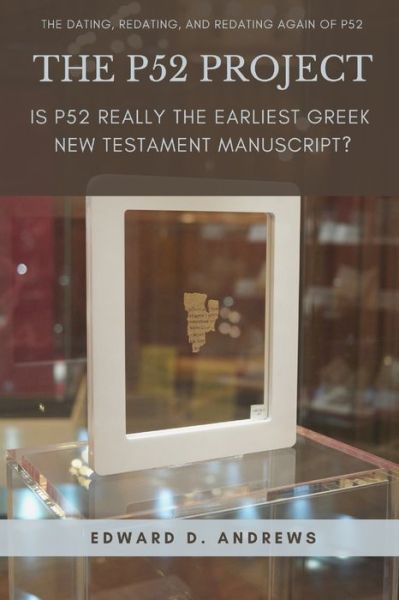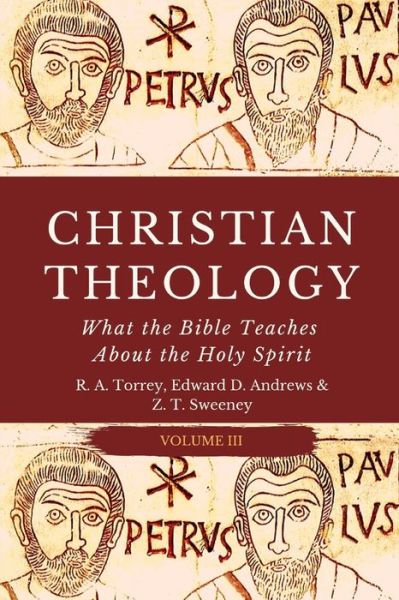
Tell your friends about this item:
The P52 Project: Is P52 Really the Earliest Greek New Testament Manuscript?
Edward D Andrews
The P52 Project: Is P52 Really the Earliest Greek New Testament Manuscript?
Edward D Andrews
What are the churchgoers, the Bible college students, and seminary students to do when one Bible scholar says one thing and another Bible scholar says something quite different, or worse still, as is the case with P52, several Bible scholars are saying different dates for the time when the Greek New Testament fragment P52 was written? P = Papyrus (a plant in Egypt), the material that was used to make sheets of papyrus paper that were written on by scribes to make copies of Bible books. 52 = the number assigned to that discovered manuscript. What makes it even more unnerving is when one is not an expert in the field of study, only having basic knowledge. How can they possibly know who is correct? Worse still, the Christian is put in the embarrassing position on social media of telling an atheist that P52 is dated to 100-150 C. E., and then the atheist responds to the Christian with, 'no your evidence from 1935 is outdated, as recent research points to a date of 200 C. E. or later.' What is the Christian to do? What will be accomplished here in THE P52 PROJECT can be used at other times when the Christian is faced with two scholars or more offering conflicting conclusions. We are going to use the common sense that God gave us and weigh the evidence from both sides. We are going to treat THE P52 PROJECT like a criminal trial with P52 being on trial.
144 pages
| Media | Books Paperback Book (Book with soft cover and glued back) |
| Released | May 26, 2020 |
| ISBN13 | 9781949586107 |
| Publishers | Christian Publishing House |
| Pages | 144 |
| Dimensions | 152 × 229 × 8 mm · 199 g |
| Language | English |

































